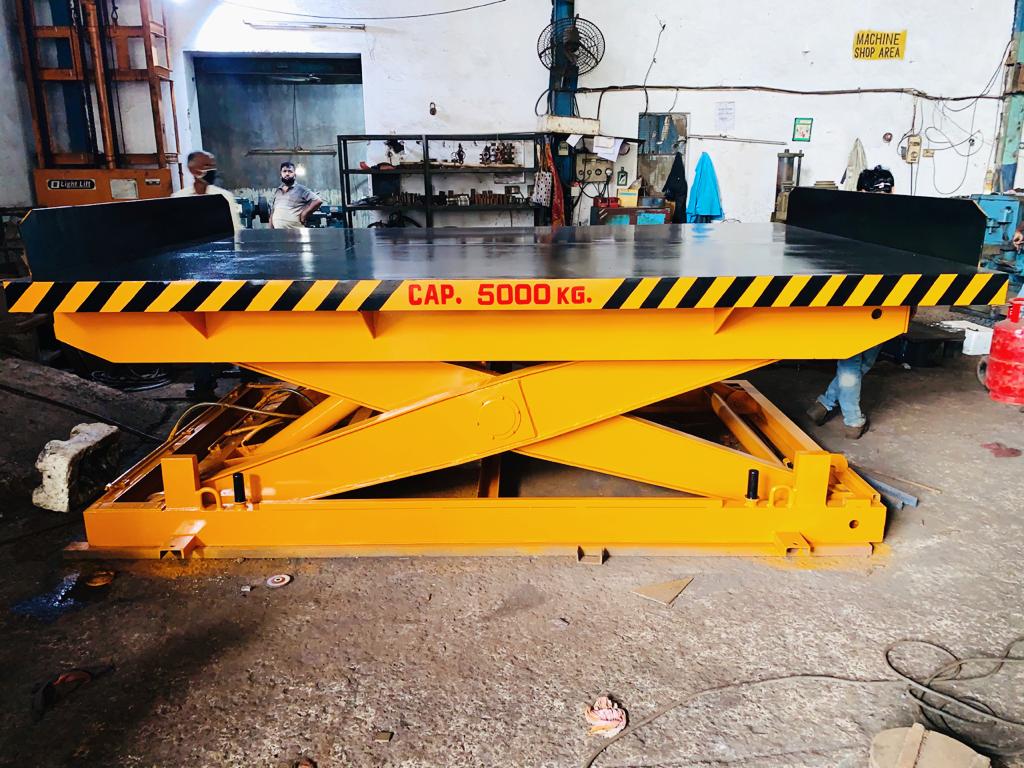If you are looking for hydraulic scissor lift manufacturers in Haryana, the light lift will assist you in reducing material handling costs by 65%.
Material handling is a particular process that includes many varieties of manual, semi-automated, and automated equipment and some system that helps assist the logistics and keep every supply chain running very smoothly. Out of major equipment, the scissor lift is one of them. Get the services from India’s best hydraulic scissor lift manufacturers in India who offer the best quality, long-lasting services most effectively and conveniently.






